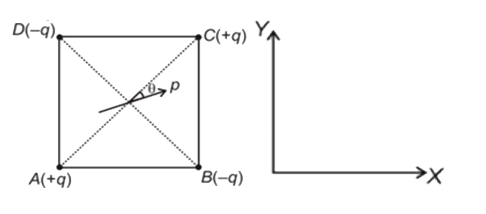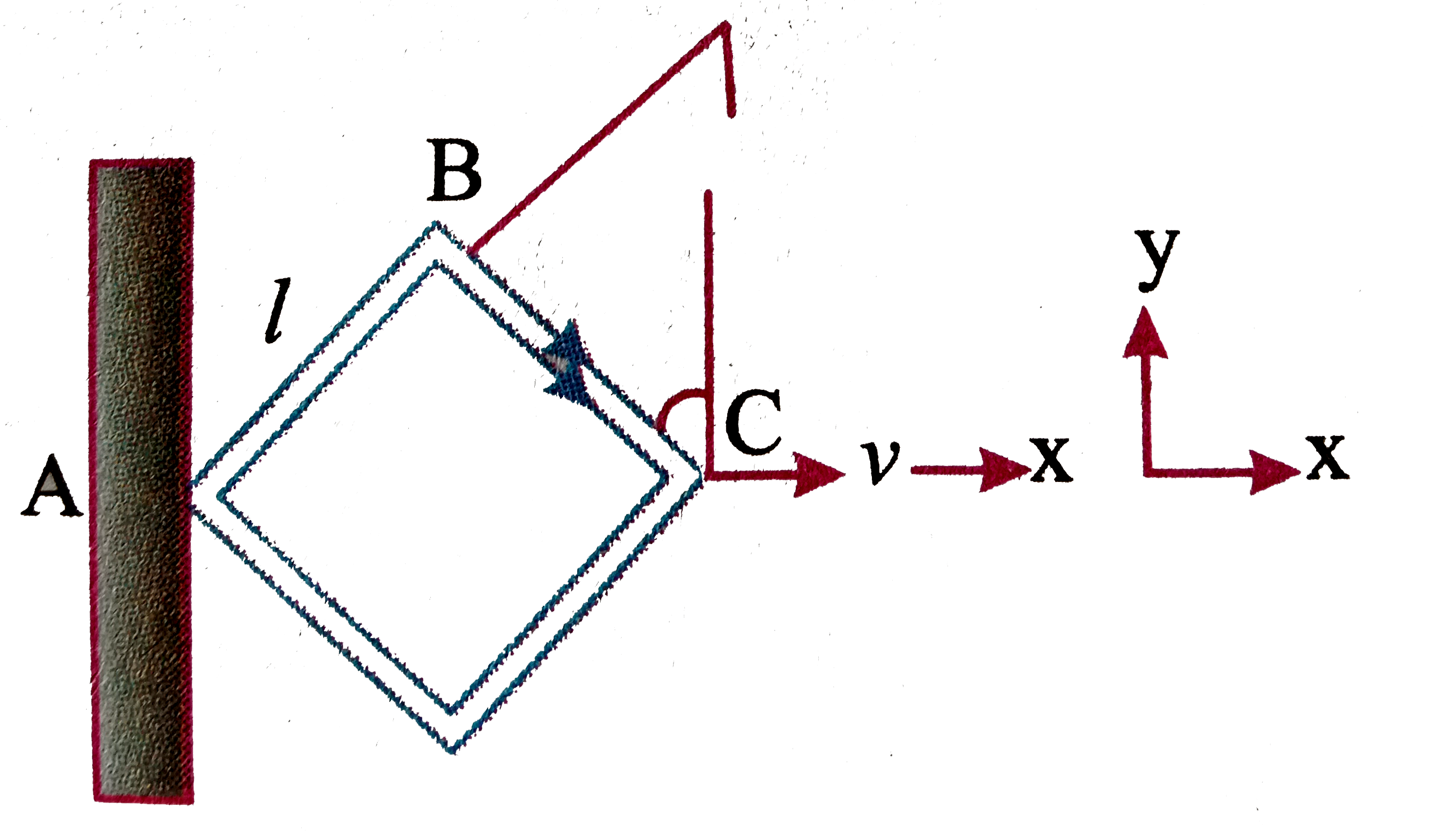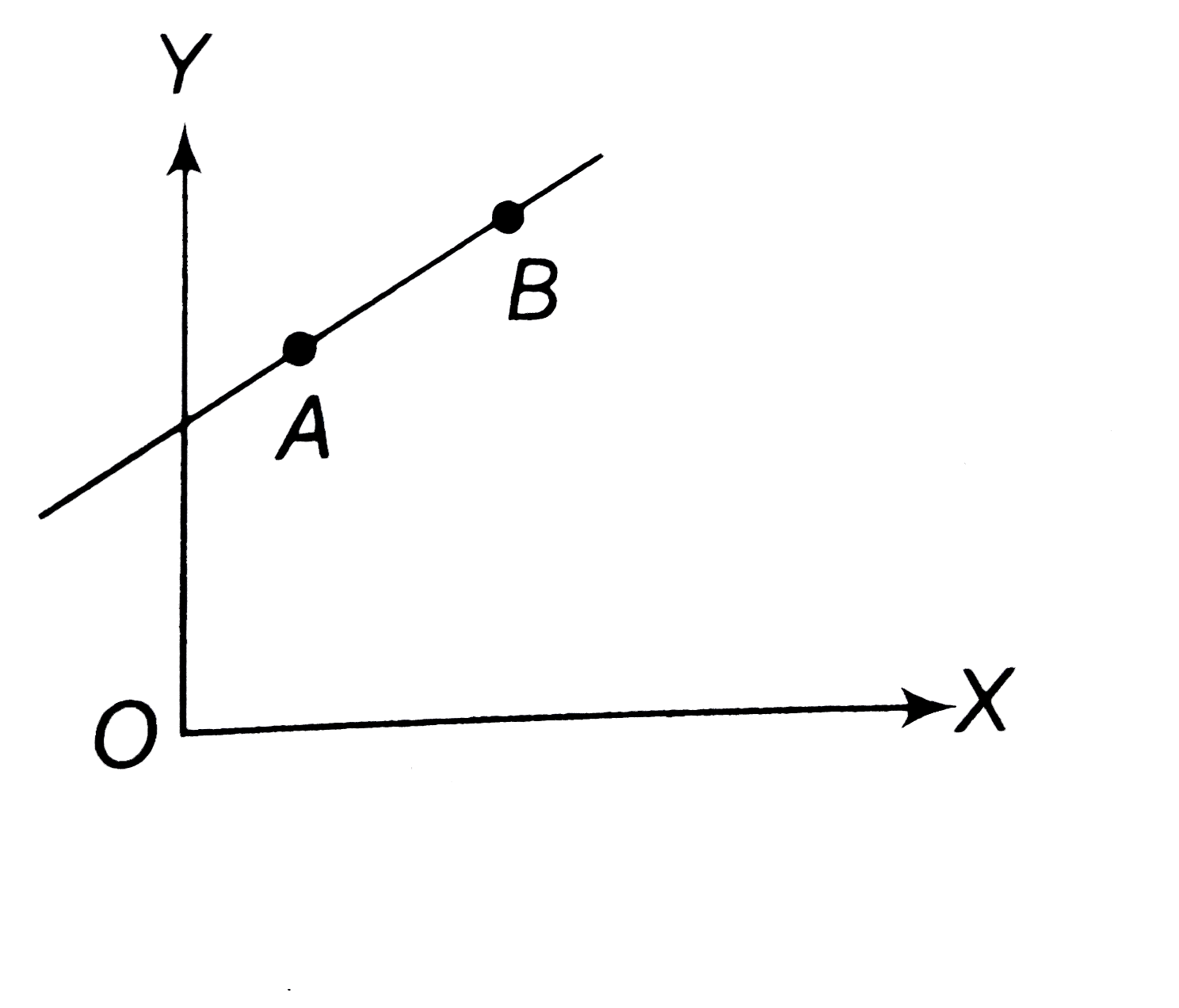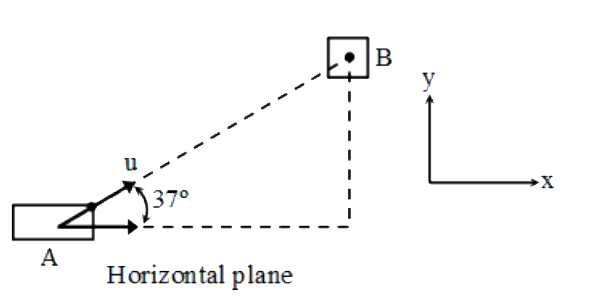Complete Solutions to PHYSICS of chapter NTA JEE MOCK TEST 43 of Class 12 book with complete answers and questions
| Class 12 | PHYSICS |
| Chapter | NTA JEE MOCK TEST 43 |
| NTA MOCK TEST | PHYSICS |
| Number Of Questions | 25 |
| Academic Year | 2023-24 |
A stone hanging from a massless string of length 15 m is projected horizontally with speed `12ms^(-1)`. The speed of the particle at the point where the tension in the string is equal to the weight of the particle, is close to
08:00View SolutionIn an experiment to determine the specific heat of a metal,a `0.20 kg` block of the metal at `150 .^(@) C` is dropped in a copper calorimeter (of water equivalent `0.025 kg`) containing `150 cm^3` of water at `27 .^(@) C`. The final temperature is `40.^(@) C`. The specific heat of the metal is.
05:08View SolutionThrough a coil of resistance R charge is flowing in such a manner that in every time interval `t_(0)` the amount of charge flow is reduced by a factor of `1//2`. If a total of q charge flows through the coil in very long time, then the total amount of heat generated in the coil will be
06:27View SolutionThe potential of an atom is given by `V=V_(0)log_(e)(r//r_(0))` where `r_(0)` is a constant and r is the radius of the orbit Assumming Bohr's model to be applicable, which variation of `r_(n)` with n is possible (n being proncipal quantum number)?
05:26View SolutionA square frame ABCD is made of insulated wires and there is a short dipole, with dipole moment p, fixed in the plane of he figure. The dipole is lying at the centre of the square, making an angle `theta`, as shown in the figure. If four point charges are placed at the four point charges are placed at the four corners of the square, then the magnitude of force exerted by the dipole on the system of charges is
 04:25View Solution
04:25View SolutionIn older times, people used to think that the earth was flat. Imagine that the earth is indeed not a sphere of radius `R`, but an infinite plate of thickness `H`. What value of `H` is needed to allow the same gravitational acceleration to be experienced as on the surface of the actual Earth? (Assume that the Earth's density is uniform and equal in the tow models.)
04:49View SolutionA rod of length `L` with sides fully insulated is made of a material whose thermal conductivity `K` varies with temperature as `K=(alpha)/(T)` where `alpha` is constant. The ends of rod are at temperature `T_(1)` and `T_(2)(T_(2)gtT_(1))` Find the rate of heat flow per unit area of rod .
03:02View SolutionThe atomic ratio between the uranium isotopes `.^(238)U and.^(234)U` in a mineral sample is found to be `1.8xx10^(4)`. The half life of `.^(234)U` is `T_((1)/(2))(234)=2.5xx10^(5)` years. The half - life of `.^(238)U` is -
03:24View SolutionTwo identical wires `A and B` , each of length 'l', carry the same current `I`. Wire A is bent into a circle of radius `R and wire B` is bent to form a square of side 'a' . If ` B_(A) and B_(B)` are the values of magnetic field at the centres of the circle and square respectively , then the ratio `(B_(A))/(B_(B))` is :
05:23View SolutionA ray `R_(1)` is incident on the plane surface of the glass slab (kept in air) of refractive index `sqrt(2)` at angle of incident equal to the critical angle for this air glass system. The refracted ray `R_(2)` undergoes partial reflection & refraction at the other surface. The angle between the reflected ray `R_(3)` and the refracted ray `R_(4)` at that surface is :
 03:53View Solution
03:53View SolutionFour rods of side length `l` have been hinged to form a rhombus. Vertex `A` is fixed to a rigid support, vertex `C` is being moved along the `x`-axis with constant velocity `V` as shown in figure. The rate at which vertex `B` is nearing the `x`-axis at the moment the rhombus is in the form of a squarem is
 04:26View Solution
04:26View SolutionIf the radii of nuclei of `._(13)Al^(27) and ._(30)Zn^(64)` are `R_(1) and R_(2)` respectively, then `(R_(1))/(R_(2))=`
01:55View SolutionThe work function of a metal is in the range of 2 eV to 5 eV. Find which of the following wavelength of light cannot be used for photoelectric effect. (Consider, Planck's constant `=4xx10^(-15)" eV - s, velocity of light "=3xx10^(8)ms^(-1))`
03:39View SolutionA drop of water of mass `m` and density `rho` is placed between two weill cleaned glass plates, the distance between which is `d`. What is the force of attraction between the plates?
`(T=` surface tension)01:49View SolutionA rectangular glass slab ABCD of refractive index `n_(1)` is immerged in water of refractive index `n_(2) (n_(1) gt n_(2))` . A ray of light is incident at the surface AB of the slab as shown . The maximum value of the angle of incidence `alpha_("max")` , such that the ray comes out only from the other surface CD , is given by :-
_E01_205_Q01.png) 04:29View Solution
04:29View SolutionA particle of mass `m` moves in the `XY` plane with a velocity `v` along the straight line `AB`. If the angular momentum of the particle with respect to origin `O` is `L_(A)` when it is at A and `L_(B)` when it is at B, then
 03:06View Solution
03:06View SolutionA p-n junction has acceptor impurity concentration of `10^(17) cm^(-3)` in the p-side and donor impurity concentration of `10^(16)cm^(-3)` in the n-side. What is the contact potential at the junction? (kT=thermal energy , instrinsic carrier concentration `n_(i)=1.6xx10^(10) cm^(-3)`
02:30View SolutionFind the molar heat capacity (in terms of `R`) of a monoatomic ideal gas undergoing the process: `PV^(1//2) = constant`?
01:36View SolutionIf an interference experiment is performed using two wavelengths close to each other, two interference patterns corresponding to the two wavelengths are obtained on the screen. The frings system remains distinct up to a point on the screen where the `n^("th")` order maximum of one wavelength falls on the `n^("th")` order minimum of the other wavelength. Suppose in Young's double sit experiment, sodium light composed of two wavelengths `lambda_(1)and lambda_(2)` close to each other (with `lambda_(2)` greater than `lambda_(1)`) is used. The order n, up to which the fringes can be seen on the screen, is given by
06:55View SolutionA car moving towards an approaching bike. The bike is moving with a velocity `30ms^(-1)`. Frequency of horn sounded by the car is 100 Hz, while it is observed by bike rider as 120 Hz. The actual duration of horn is 6 s. Find the time interval for which the bike rider hears it. (Take velocity of sound in air as `330ms^(-1)`)
04:25View SolutionCoefficient of kinetic friction between 3 kg and 2 kg block is 0.25. The horizontal table surface is smooth. Find the acceleration (in S.I. unit) of the block of mass 10 kg.
 06:52View Solution
06:52View SolutionA galvanometer coil has a resistance `90 Omega` and full scale deflection current `10 mA`. A `910 Omega` resistance is connected in series with the galvanometer to make a voltmeter. If the least count of the voltmeter is `0.1 V` the number of divisions on its scale is
02:53View SolutionA man throws a ball of mass m from a moving plank (A). The ball has a horizontal component of velocity `u=3sqrt(34)ms^(-1)` with respect to ground towards another man standing on stationary plank (B), as shown in the figure. The combined mass of plank A with man is 2m each. The x-y plane represents the horizontal plane which is frictionless. If initially, plank A was moving with speed `uhati` with respect to ground, then the relative velocity of plank B `("in m s"^(-1))` with respect to plank A (after the man on plank B catches the ball) minus `10ms^(-1)` is
 07:44View Solution
07:44View SolutionIn the arrangement shown in the diagram, pulleys are small and springs are ideal. `k_(1)=k_(2)=k_(3)=k_(4)=10Nm^(-1)` are force constants of the springs and mass `m=10kg.` If the time period of small vertical oscillations of the block of mass m is given by `2pix` seconds, then find the value of x.
 04:58View Solution
04:58View SolutionCalculate x in the equation : `(velocity)^x = (pressire diff.)^(3//2)xx(density)^(-3//2)`
01:21View Solution
PHYSICS questions and complete solutions for chapter NTA JEE MOCK TEST 43 of NTA MOCK TESTS of Class 12
